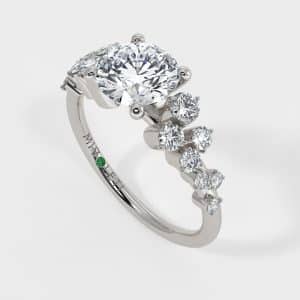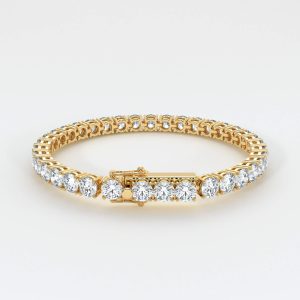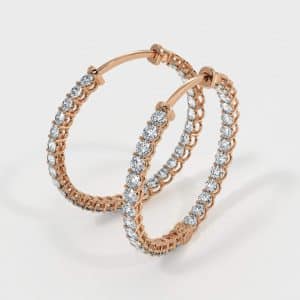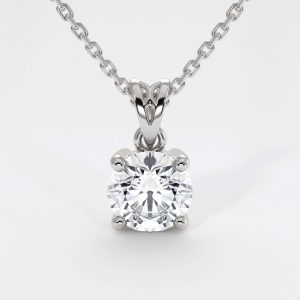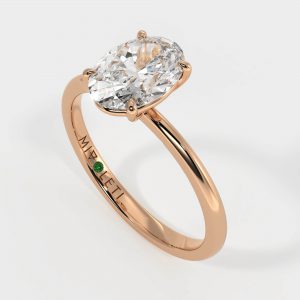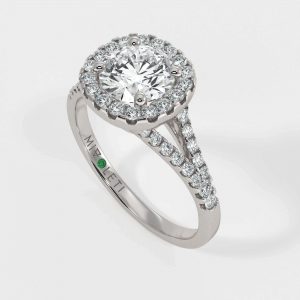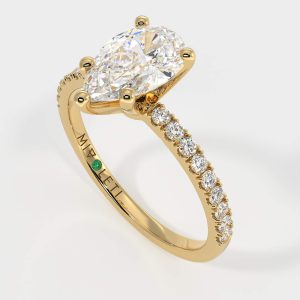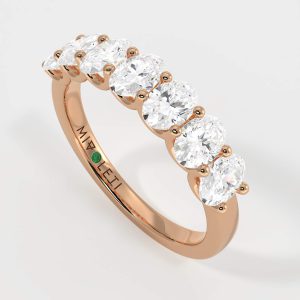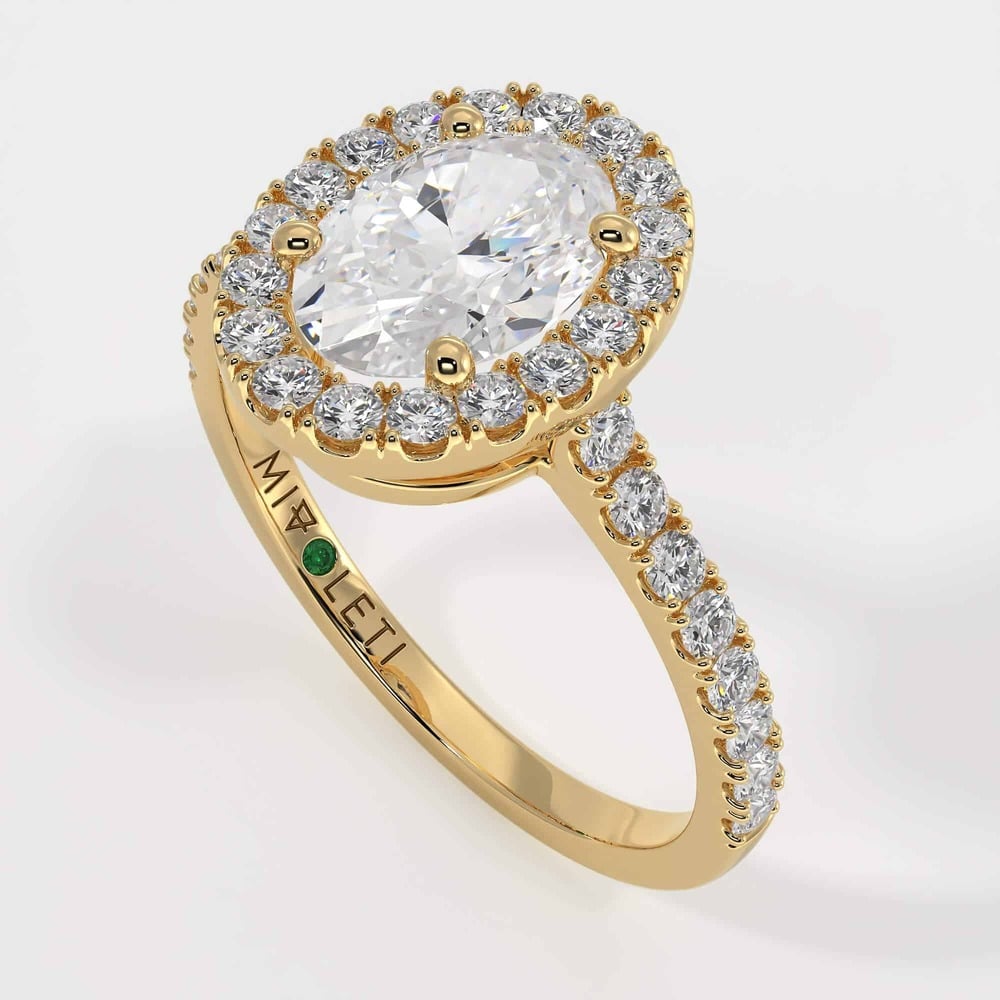Introduction to Lab Grown Diamonds
Lab grown diamonds, also known as synthetic or cultured diamonds, are created in controlled laboratory environments using advanced technological processes. These processes replicate the conditions under which natural diamonds form beneath the Earth’s surface, ensuring that lab grown diamonds have identical physical, chemical, and optical properties to mined ones.
There are two primary methods of production:
High-Pressure High-Temperature (HPHT): Mimics natural diamond formation through intense heat and pressure. Chemical Vapor Deposition (CVD): Uses carbon-rich gas to form diamond layers.
Key benefits include environmental sustainability, ethical sourcing, and cost-effectiveness. Lab grown diamonds offer uncompromised brilliance and durability, meeting the demands of quality-conscious consumers.
Advantages of Choosing Lab Grown Diamonds Over Natural Diamonds
Lab-grown diamonds offer several benefits that make them appealing to modern buyers.
Eco-Friendly Manufacturing: Unlike mined diamonds, lab-created diamonds significantly reduce environmental impact by avoiding habitat destruction and carbon emissions associated with mining processes.
Cost-Effectiveness: Manufactured diamonds generally cost 20-40% less than natural diamonds of similar size and quality, offering exceptional value without compromising aesthetics.
Ethical Sourcing: Lab-grown diamonds eliminate concerns related to unethical practices, such as conflict diamonds or exploitative labor.
Quality and Purity: With advanced technologies, these diamonds match or exceed the clarity, color, and sparkle of their mined counterparts.
Customized Creations: Laboratories can tailor diamonds to specific shapes and sizes, ensuring personalization is achieved.
Factors to Consider When Selecting Lab Grown Diamonds
When selecting lab grown diamonds, several critical factors influence the quality, appearance, and value of the stone. Analyzing these aspects ensures an informed purchase.
The 4Cs (Cut, Color, Clarity, Carat Weight): Assess the diamond’s cut for brilliance, its color for purity, clarity for inclusions, and carat weight for the size. Certification: Verify the diamond is certified by reputable organizations like IGI or GIA for authenticity. Pricing: Compare costs against natural diamonds and among reputable retailers. Sustainability: Investigate the manufacturer’s eco-friendly practices and ethical sourcing principles. Personal Style: Match the diamond’s shape and design to individual or recipient preferences. Warranty and Return Policy: Ensure robust coverage for post-purchase service and flexibility.
Understanding Diamond Cut, Clarity, Color, and Carat Weight
Lab-grown diamonds are evaluated using the Four Cs, a universal grading system used for natural diamonds as well. Each attribute plays a pivotal role in determining a diamond’s beauty and value.
Diamond Cut
The cut refers to the diamond’s proportions, symmetry, and polish, which influence its brilliance and sparkle. A precise cut optimizes light reflection, creating an alluring visual impact.
Diamond Clarity
Clarity measures the presence of internal inclusions or surface blemishes. Graded on a scale, flawless diamonds exhibit no imperfections, enhancing their appeal.
Diamond Color
Color assesses the diamond’s hue, with the finest grades being colorless. Subtle variations can affect both appearance and price.
Carat Weight
Carat weight indicates the diamond’s size. Larger diamonds are rarer, making them more sought after, though other factors also influence value.
How to Verify the Quality and Certifications of Lab Grown Diamonds
To assess the quality of lab grown diamonds, experts advise considering the 4Cs: cut, color, clarity, and carat weight, as defined by the Gemological Institute of America (GIA) or similar authorities. Certification ensures that the diamond has been evaluated for authenticity and quality by a reputable laboratory.
Key Steps to Verify Quality and Certification:
Request Certification Documents: Ensure the lab grown diamond is accompanied by a grading report from recognized institutions like GIA, IGI, or GCAL. Examine the Laser Inscription: Certification numbers are often laser-inscribed on the girdle of the diamond. Review the Report Details: Cross-check the 4Cs listed on the certificate with the diamond’s physical characteristics. Verify Third-Party Reliability: Utilize online databases of the certifying body to confirm the diamond’s credentials.
Tips for Finding Reputable Retailers for Lab Grown Diamonds
Research Credentials and Reviews: Ensure the retailer is certified by recognized organizations like the GIA or IGI. Check online reviews on platforms like Trustpilot or Yelp to gauge customer satisfaction.
Examine Return Policies: A trustworthy retailer offers flexible return and exchange policies, providing customers with confidence in their purchase.
Verify Diamond Certification: Confirm that each lab grown diamond comes with an authentic grading report that details its quality, origin, and characteristics.
Compare Pricing Transparently: Avoid deals that seem too good to be true. Competitive pricing should align with market trends without sacrificing quality.
Seek Expert Consultation: Reputable retailers often have gemologists or experts available to answer buyers’ questions and educate them on the selection process.
Look for Clear Communication: Retailers should clearly outline warranties, upgrades, or maintenance services to help buyers make informed decisions.
Caring for and Maintaining Your Lab Grown Diamond Jewelry
Proper care is essential to preserve the brilliance and longevity of lab grown diamond jewelry. Regular cleaning prevents dirt and oil buildup, which can dull the gem’s sparkle. A soft-bristle toothbrush, warm water, and mild dish soap are effective in keeping the diamond pristine. Avoid harsh chemicals as they may damage the setting.
To store jewelry safely, use a fabric-lined box or individual pouches to prevent scratches. Periodic professional inspections ensure the stone remains secure in its setting. Limit exposure to heavy impact, extreme temperatures, or abrasive materials to protect its integrity and visual appeal.
Conclusion: Making an Informed Decision on Lab Grown Diamonds
When selecting lab grown diamonds, it is essential to evaluate several factors to ensure a prudent choice. Buyers should focus on the 4 Cs—cut, clarity, color, and carat weight—as these directly impact the diamond’s brilliance and overall quality. Additionally, reviewing certification from reputable organizations like IGI or GIA ensures authenticity and credibility.
Understanding the ethical and environmental benefits of lab grown diamonds, alongside their cost-effectiveness, allows for a well-rounded comparison against mined diamonds. Consumers may also wish to explore setting options and customization to align with personal preferences. Proper research equips buyers with confidence in their final decision.



